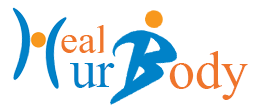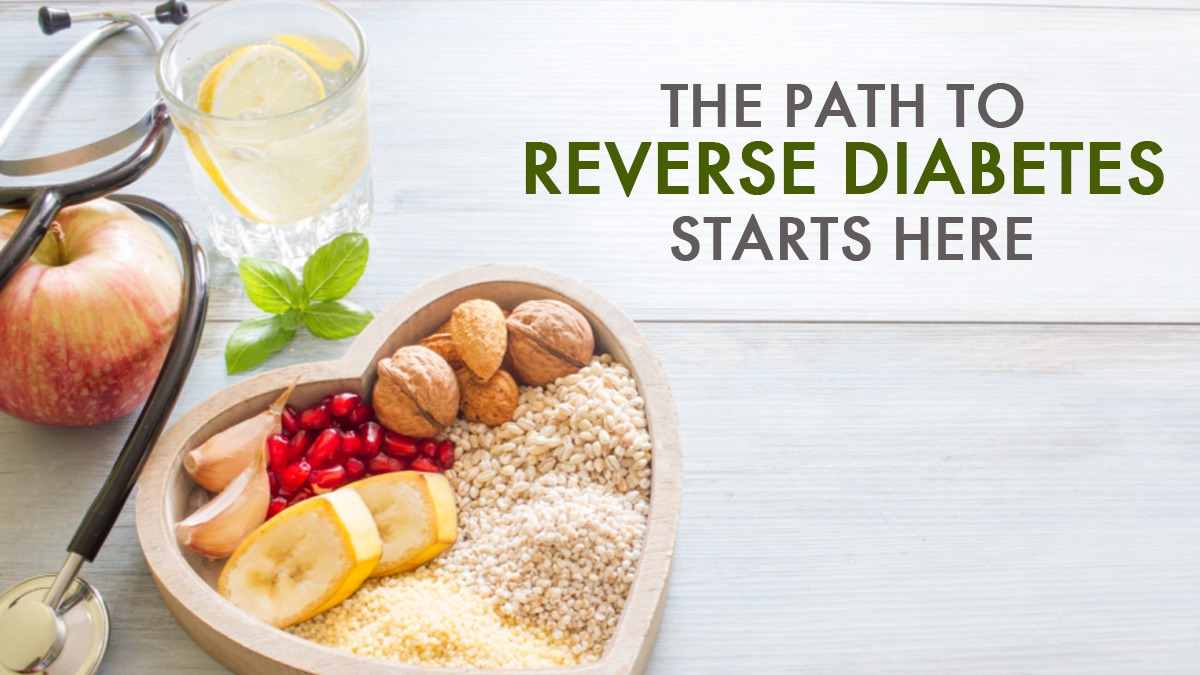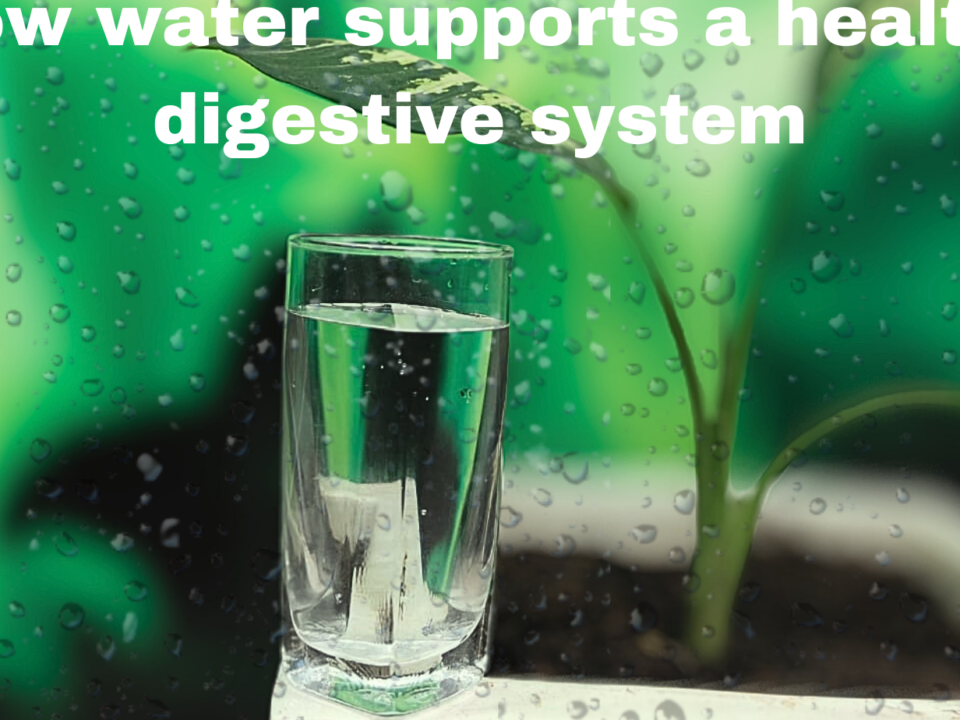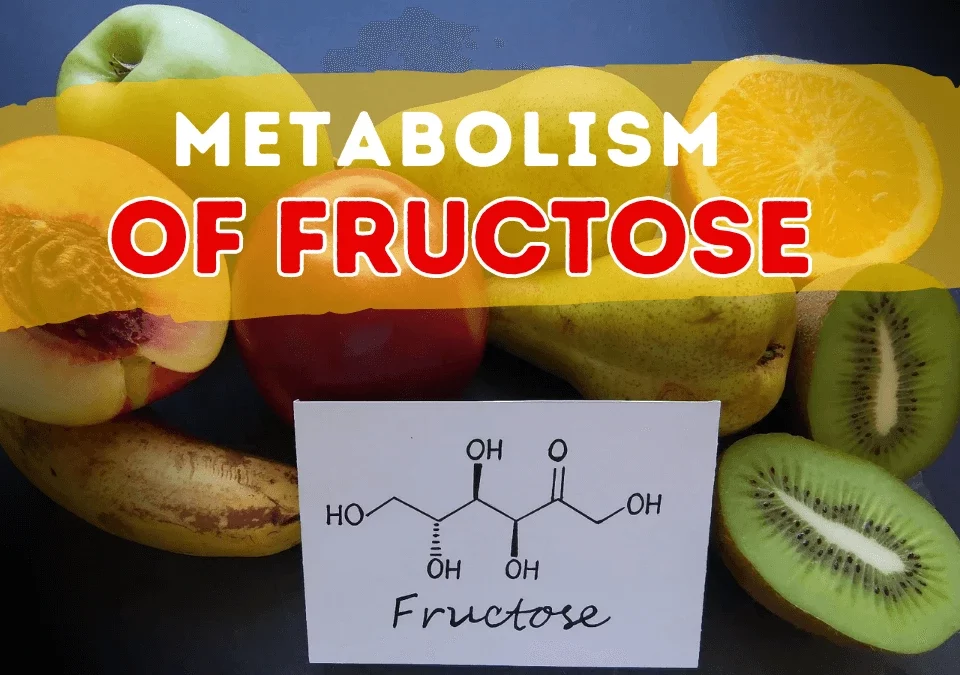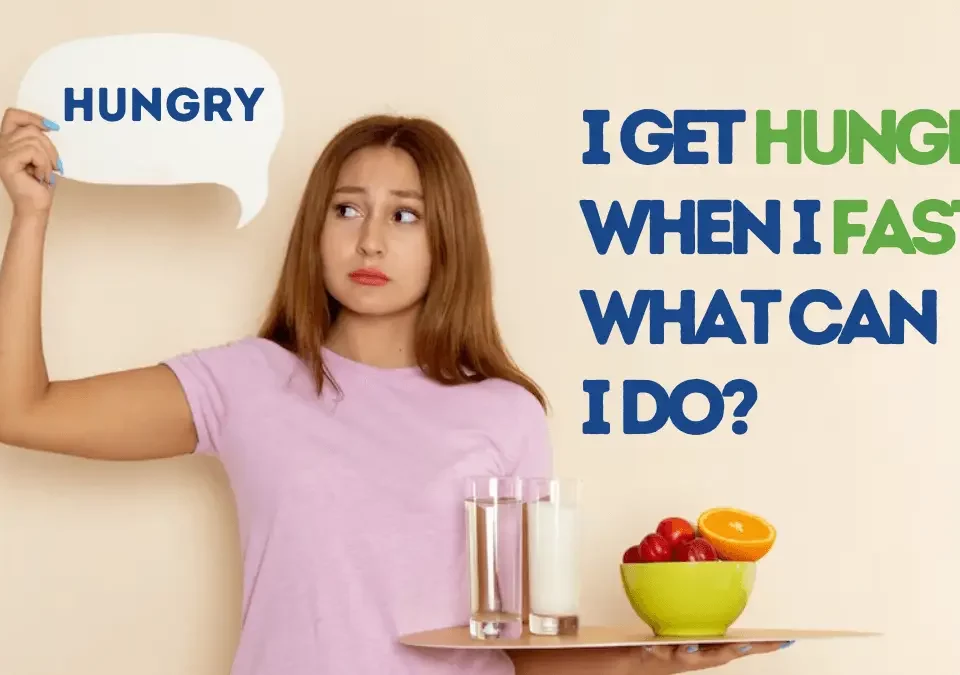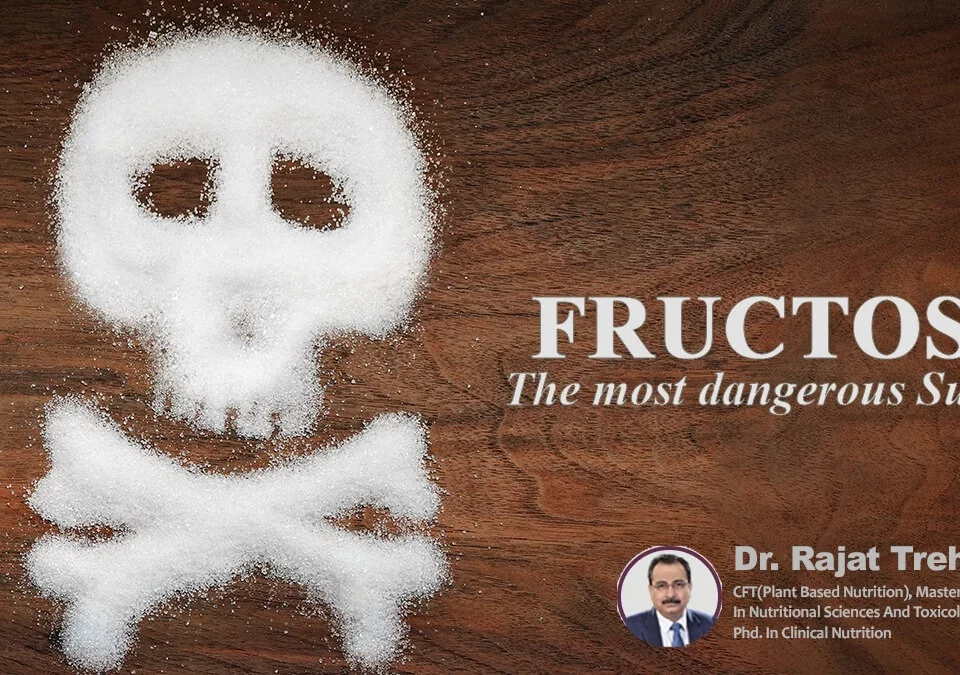The Path to Reverse Diabetes Starts here.

Soybeans Good or Bad for Fibroids?
April 18, 2022
The Benefits of Celery
April 30, 2022The path to reverse diabetes starts here.
Yes, it can be. Diabetes is a lifestyle disorder. Nowadays, people are ignoring their health. Moreover, environmental issues are also playing their role. Optimal health does not happen by itself. It needs to be nurtured and guarded. Much depends on healthy nutritional choices-difficult to make without awareness of principles and some of the science behind them. It is a disease that affects the body's ability to produce or use the hormone insulin. When your body turns the food you eat into energy (also called sugar or glucose), insulin acts as a 'key' to help transport this to the cells. If you produce little or no insulin or are insulin-resistant, too much sugar remains in your blood
For this, we must first understand sugar metabolism in our bodies.
The carbohydrates we eat are broken down into simple sugars like glucose through digestion. This glucose can then enter the bloodstream. Under normal conditions, whenever the sugar levels in our blood rise, a signal is sent to the pancreas to release insulin. This hormone acts like a key that triggers the insulin receptors in the cells, allowing the sugar to enter the cell. The higher the sugar level in the blood, the higher the amount of insulin released by the pancreas. Sugar (glucose) is in the form of energy that our cells can use. It is the food for the cell, without which the cells cannot function. As you can imagine, our muscle cells need plenty of energy for day-to-day movements. If the sugar in the cell is not fully utilized, it converts it into fat, which it stores for a 'rainy day,' i.e., a day of starvation.
We will talk about the most common type of diabetes prevalent today. i.e. Type-2 diabetes
Understanding diabetes starts with knowing the difference between type 1 & type 2 diabetes. Currently, 85-90 percent of diabetics are type 2 diabetics. The treatment usually starts with medicines rather than insulin in these cases.
If the amount of fat increases within the cells, it stands to reason that the cells do not require any more sugar because it already has plenty of energy stored. Therefore, the fat within the muscle cells prevents more sugar from entering by making the cells insulin-resistant.
If we continue to eat sugar or carbohydrates (which break down into sugar), this excess sugar now remains in the bloodstream, causing a rise in blood sugar levels; this is then filtered by the kidneys and thrown out. Thus our thirst increases so that the water we drink can dilute the glucose. The fat within muscle cells which is accumulated must be used.
So when the fat in muscle cells rises, it becomes resistant to insulin, thereby causing the blood sugar level to rise. This is called type 2 diabetes.
And it can be reversed through phytomedicines & lifestyle changes.
2. How many cases have I reversed?I have reversed approx. 100+ cases. They don't need any medication for controlling blood glucose.
3. Can 100% of patients reverse diabetes?No, the ratio is 80:20 means out of 100, 80 can reverse, but 20 still have diabetes but with reduced medication.
4. How do I reverse diabetes? Is there any protocol to follow?To reverse diabetes, we need to understand the exact causes and stop doing that. Likewise, we need to give up something while starting to adapt to something different. Like I usually recommend stopping consuming dairy products. While people are resistant to this idea, the molecules of protein in milk are similar to those in the pancreas, which produces diabetes. Also, we recommend oil-free cooking, and people are also resistant to that because of the habit or because they don't know how to do it. But in the last, I do give some dietary suggestions.
5. Do I provide any dietary solution or any medicine?Yes, dietary solution plays an essential role in reversing diabetes, and phytomedicines also play their part.
6. What are phytomedicines?Phytomedicines are a combination of phytonutrients. "Phyto" is a Greek word that means plant. Phytonutrients are the nutrients that plant uses to keep themselves healthy. These are also called phytochemicals.
7. How do phytomedicines work?Phytomedicines are phytonutrients. Phytonutrients are responsible for giving colors to vegetables, fruits, and plants. We see many colors of fruits and vegetables; each one has some phytonutrients in them.
Let us take an example of garlic- it contains allicin that is anti-viral, anti-microbial, anti-inflammatory, and many other qualities. These phytonutrients extract are used to produce phytomedicines. These phytonutrients are not required to sustain our lives, which means our lives are not dependent on them but highly essential for our health.
